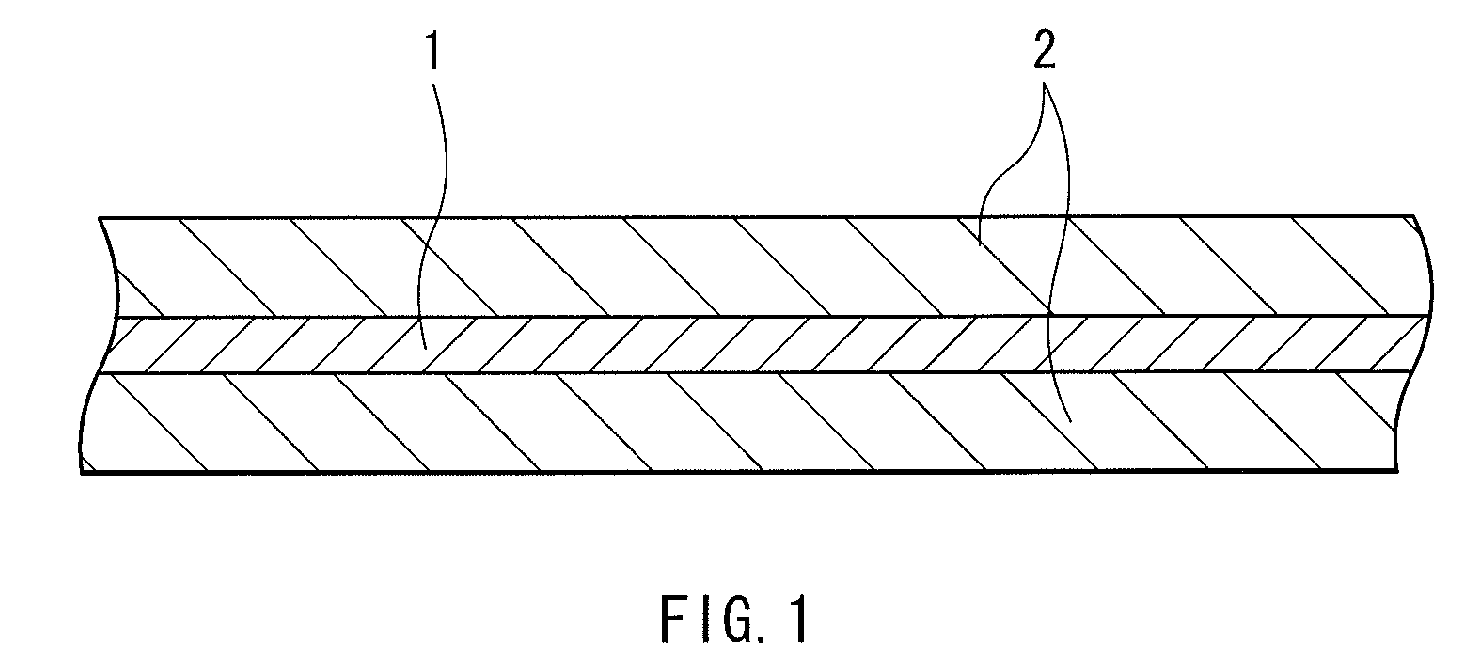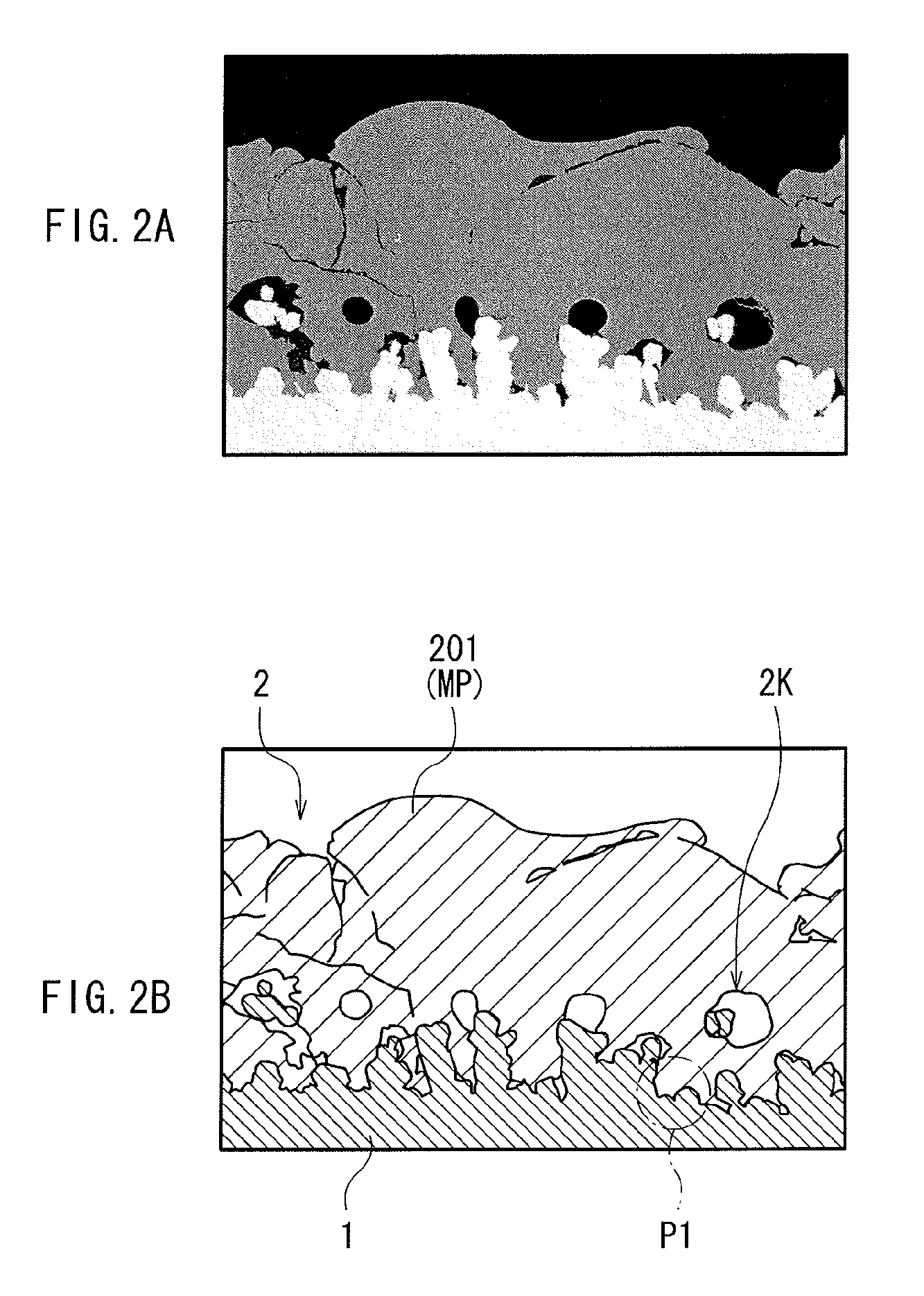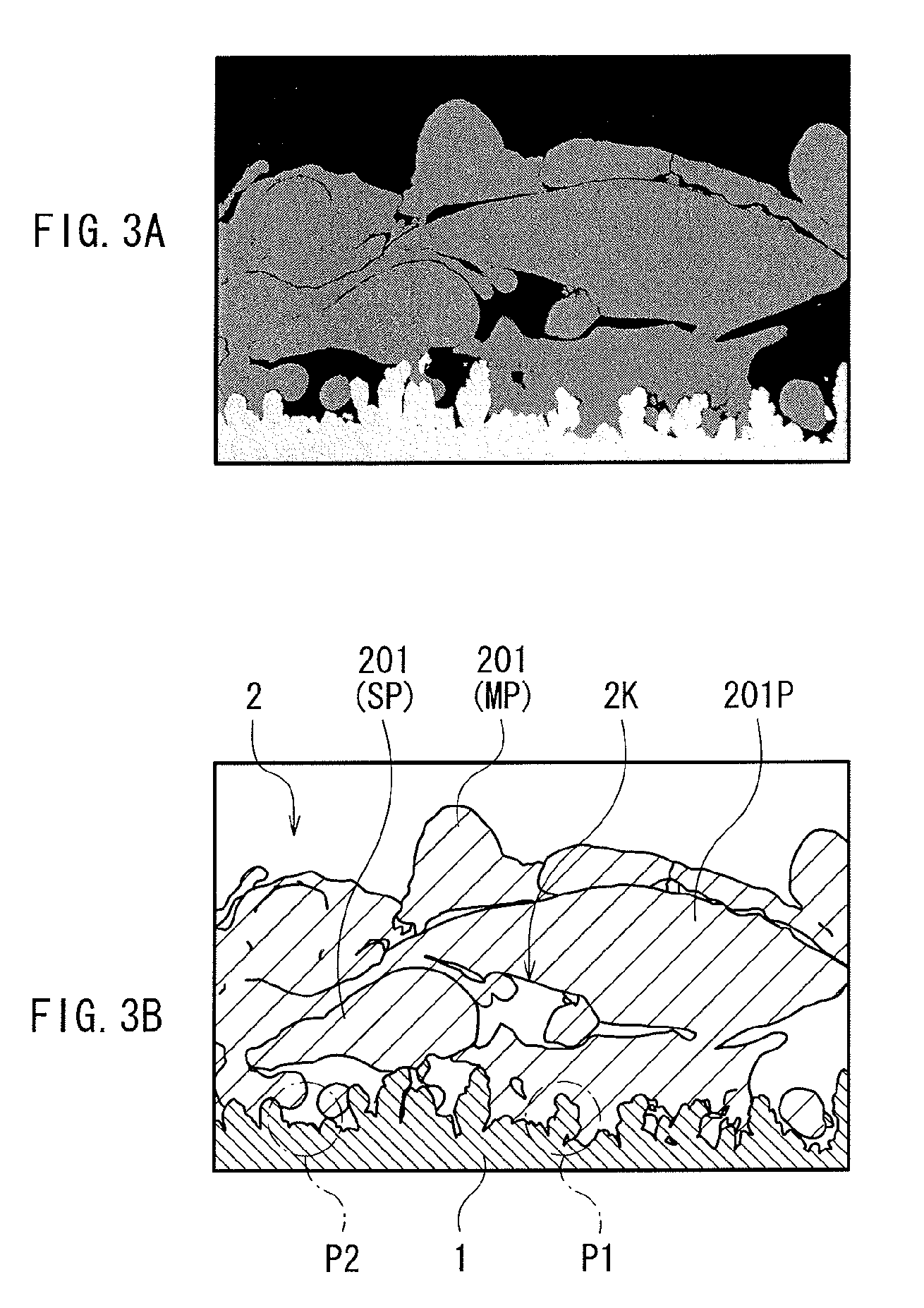Lithium-ion secondary battery, anode for lithium-ion secondary battery, power tool, electric vehicle and energy storage system
a lithium-ion secondary battery and anode technology, applied in the direction of cell components, final product manufacturing, sustainable manufacturing/processing, etc., can solve the problems of likely decline of cycle characteristics and initial charge-discharge characteristics of important characteristics of lithium-ion secondary batteries, and achieve the improvement of characteristics, cycle characteristics and initial charge-discharge characteristics, the effect of reducing the reaction area of the anode active material layer
- Summary
- Abstract
- Description
- Claims
- Application Information
AI Technical Summary
Benefits of technology
Problems solved by technology
Method used
Image
Examples
examples
[0180]Examples of the invention will be described in detail below.
Experimental Examples 1-1 to 1-24
[0181]The laminate film type secondary batteries illustrated in FIGS. 11 and 12 were formed by the following steps.
[0182]First of all, the cathode 53 was formed. First, 91 parts by mass of the cathode active material (lithium cobalt complex oxide: LiCoO2), 6 parts by mass of the cathode conductor (graphite) and 3 parts by mass of the cathode binder (polyvinylidene fluoride: PVDF) were mixed to form a cathode mixture. Next, the cathode mixture was dispersed in the organic solvent (N-methyl-2-pyrrolidone: NMP) to form paste-form cathode mixture slurry. Then, the cathode mixture slurry was applied to both surfaces of the cathode current collector 53A by a coating apparatus, and the cathode mixture slurry was dried to form the cathode active material layer 53B. In this case, as the cathode current collector 53A, strip-shaped aluminum foil (with a thickness of 12 μm) was used. Finally, the ...
experimental examples 5-1 and 5-2
[0204]Secondary batteries were formed by the same steps as those in the Experimental Example 1-23, except that as illustrated in Table 5, the battery configuration was changed, and the cycle characteristics of the secondary batteries were determined. In the case where a prismatic type secondary battery was formed, a battery can made of aluminum or iron was used.
[0205]
TABLE 5CapacityRetentionTable 5Battery ConfigurationRatio (%)Experimental Example 1-23Laminate film type85Experimental Example 5-1Prismatic type (Al)88Experimental Example 5-2Prismatic type (Fe)90
[0206]A high capacity retention ratio was obtained independent of the battery configuration, and in particular, in the prismatic type secondary battery, more specifically in the prismatic type secondary battery having a battery can made of iron, the capacity retention ratio was further increased.
[0207]The following results is derived from the results in Tables 1 to 5. In the invention, the anode active material layer includes t...
PUM
| Property | Measurement | Unit |
|---|---|---|
| diffraction angle | aaaaa | aaaaa |
| 2θ | aaaaa | aaaaa |
| ionic conductivity | aaaaa | aaaaa |
Abstract
Description
Claims
Application Information
 Login to View More
Login to View More - R&D
- Intellectual Property
- Life Sciences
- Materials
- Tech Scout
- Unparalleled Data Quality
- Higher Quality Content
- 60% Fewer Hallucinations
Browse by: Latest US Patents, China's latest patents, Technical Efficacy Thesaurus, Application Domain, Technology Topic, Popular Technical Reports.
© 2025 PatSnap. All rights reserved.Legal|Privacy policy|Modern Slavery Act Transparency Statement|Sitemap|About US| Contact US: help@patsnap.com



